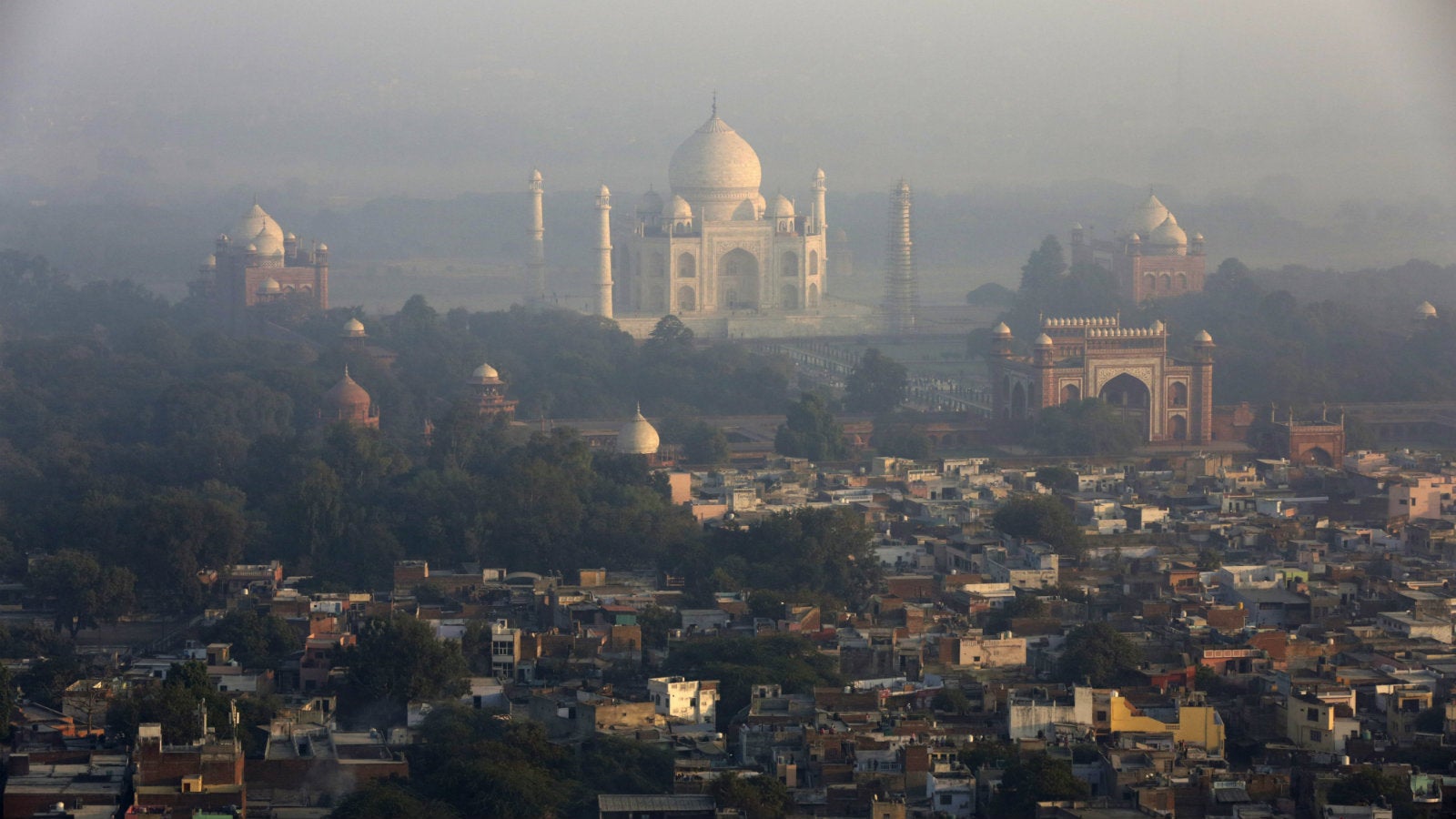The good, the bad, and the ugly of heritage conservation in India
For a country with such a rich and diverse history and culture, India does very little to preserve the remnants of its past.


For a country with such a rich and diverse history and culture, India does very little to preserve the remnants of its past.
The ministry of culture receives well under 1% of the country’s annual budget, and this lack of funds and initiative has resulted in most monuments and historical sites being neglected for years. Their surroundings are often poorly maintained and the whole experience of visiting them is a world away from what it’s like to visit sites of more recent history in the developed world. What’s worse is that some ancient monuments have even disappeared under the watch of the Archaeological Survey of India, the government agency whose main purpose is protecting them.
Yet, it is not a complete disaster story either. Because slowly, concerned citizens are taking it upon themselves to protect India’s art and artifacts.
The good
Several Indians who have been collecting everything from paper money to historic maps for decades have begun to open up their collections to the public.
Investing time and money to preserve rare and often fragile pieces of the past is no small feat, but that hasn’t deterred Rezwan Razack, who owns the largest collection of Indian paper money, dating back to 1812, or Prashant Lahoti, who has collected some of the earliest maps ever made of the Indian subcontinent.
Many private museums now, almost lovingly, focus on India’s rich and diverse traditions and history: boats from Bengal, Goan architecture, or even the evolution of Indian transportation from palanquins to two-wheelers and buses. In fact, a new wave of curators is working to craft museums that are as engaging as those in the West.
Technology has also played a big role: With digitisation and social media, those looking for a shot of culture don’t have to look for too long. On Instagram and elsewhere on the internet, you’ll find locals meticulously documenting things like Kolkata’s historic homes or the often forgotten Art Deco buildings of Mumbai. And on Google Arts & Culture, interactive exhibitions reveal the history and architecture of everything from the Ajanta caves to the Red Fort, and part of the collections of museums such as the National Gallery of Modern Art and the Dr Bhau Daji Lad City Museum have been digitised.
But of course, things are not so smooth on the ground.
The bad
Of late, local administrations in India seem to have embarked on a bulldozing spree, especially targeting historic buildings.
In Bengaluru, the Murphy Town library, one of the city’s oldest, was torn down last year. This was followed a few months later by the 100-year-old Krumbiegel Hall being pulled down. This month, the local chapter of the conservation NGO, Indian National Trust for Art and Cultural Heritage (INTACH), launched a petition to save yet another heritage building marked for destruction: the 83-year-old Janatha Bazaar, which will likely be replaced by a shopping mall if the state government has its way, INTACH says.
All this happens because there’s little protection given to heritage buildings in India. Even existing laws often aren’t enforced. In fact, last year, the Narendra Modi government moved to amend the Ancient Monuments and Archaeological Sites and Remains Act that previously prohibited building activity within 100 metres from the limits of a monument. Saying that it was “adversely impacting various public works and developmental projects of the central government,” the cabinet allowed for government-funded infrastructure projects to be constructed near historic monuments.
“Let us not mistake the consequences of the proposed new legislation,” AG Krishna Menon, an architect and urban planner, wrote in the Hindustan Times newspaper last year. ”It will ring the death knell for many of the country’s treasured monuments.”
But despite heavy criticism, the Lok Sabha passed the amendment bill in January this year.
As if that wasn’t enough, various aspects of India’s history are themselves now being subjected to aggressive rival narratives, often threatening the material remnants.
The ugly
It’s hard to think of a monument more emblematic of India or more recognisable than the Taj Mahal. Of late, though, the famed mausoleum has become the focus of an intense campaign to erase the legacy of Muslim rule in the region. The chief minister of the state of Uttar Pradesh, where the Taj is located, has said it doesn’t represent Indian culture. His government did not allocate any funds for its maintenance in last year’s state budget. In a tourist booklet extolling the attractions of the state, the iconic structure wasn’t mentioned at all.
Meanwhile, school textbooks in some states, too, have been rewritten to remove any mention of the Mughals and other Muslim rulers. A committee appointed by the Narendra Modi government has even been tasked with effectively proving that India is a nation of and for Hindus alone, according to a Reuters investigation.
Put together on World Heritage Day (April 18), these developments suggest troubling times for India’s history and heritage, long shaped by Hindu, Muslim, and a whole host of other religious, ethnic, and cultural influences.